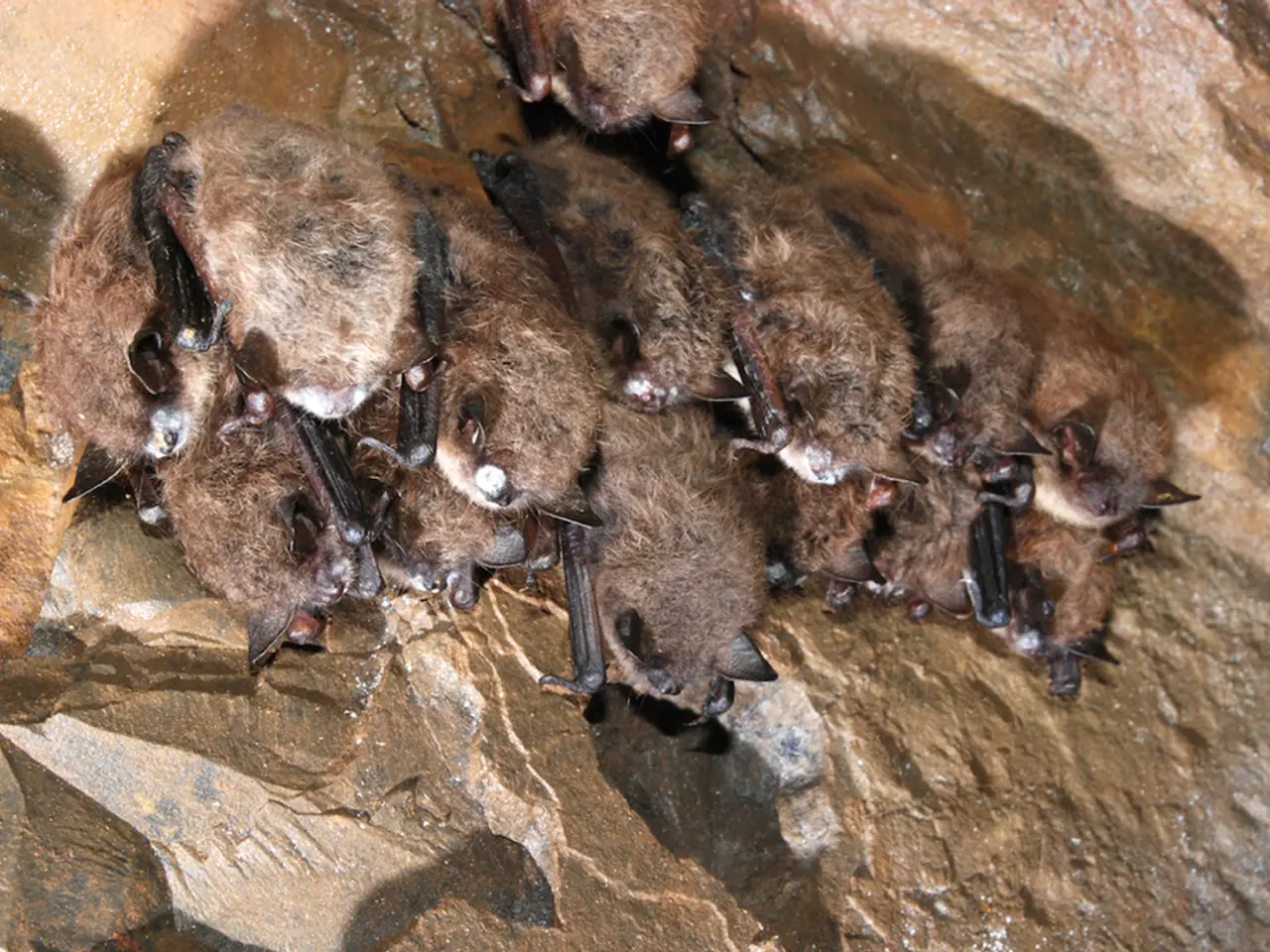Space travel durations necessitate extended rest periods. Hibernation, as proposed, is a potential solution for enduring long voyages to Mars or other distant locations, making it a crucial aspect of deep space missions.
Human Hibernation for Space Travel: A Promising Frontier in Space Medicine
The concept of synthetic hibernation, or torpor, is gaining traction in the realm of space exploration. This state involves drastically reducing a body's metabolic activity, including lowering the heart rate and body temperature, and is being explored as a means to conserve resources during long-duration space missions.
Researchers believe that this could revolutionize space travel, helping to reduce the resources needed during space travel, while also protecting crew members from radiation and the effects of microgravity. Companies like SpaceWorks Enterprises, funded by NASA, are at the forefront of this research, working on developing a hibernation habitat for Mars missions.
However, the induction of human torpor is not without its challenges. It is still unclear what kind of effect hibernation would have on a human brain, and scientists are concerned about the dramatic change in physiology and potential negative effects on the brain or body. The process of inducing human torpor would likely involve several stages, including preparation, induction, maintenance, and reawakening.
One of the key challenges is finding the right drug combination to temporarily lower the body's thermal set point. Researchers are also studying whether slowing a person's metabolism could put them into a state of hibernation, with promising results already seen in animal models.
Despite the challenges, significant progress is being made. Researchers have successfully created torpor-like states in mice and rats by noninvasively stimulating brain regions that regulate body temperature and metabolism. This represents a foundational step toward applying similar methods to humans.
The European Space Agency is also commissioning studies looking at how hibernation could work during a mission to Mars, including theoretical designs of hibernation pods. SpaceX, with its ambitious Starship rocket, is also exploring the possibility of placing astronauts into a state of hibernation to help them cope with the challenges of long space missions.
While the idea of human hibernation for space travel is still in its early stages, it holds great promise for the future of space exploration. However, clinical and engineering hurdles remain significant before synthetic torpor can be safely implemented in astronauts. The field of space medicine is currently transitioning from experimental animal research towards translational stages, with key challenges in physiological, medical, and psychological domains to be addressed for practical use in long-duration space travel.
References:
- SpaceWorks Enterprises
- NASA
- European Space Agency
- The European Space Agency is studying how hibernation could be used during a mission to Mars, including designing hibernation pods.
- SpaceX, with its Starship rocket, is also exploring the possibility of placing astronauts into a state of hibernation to help them cope with the challenges of long space missions.
- Researchers have successfully created torpor-like states in mice and rats by noninvasively stimulating brain regions that regulate body temperature and metabolism, representing a foundational step towards applying similar methods to humans.
- Companies like SpaceWorks Enterprises, funded by NASA, are at the forefront of research on developing a hibernation habitat for Mars missions.




